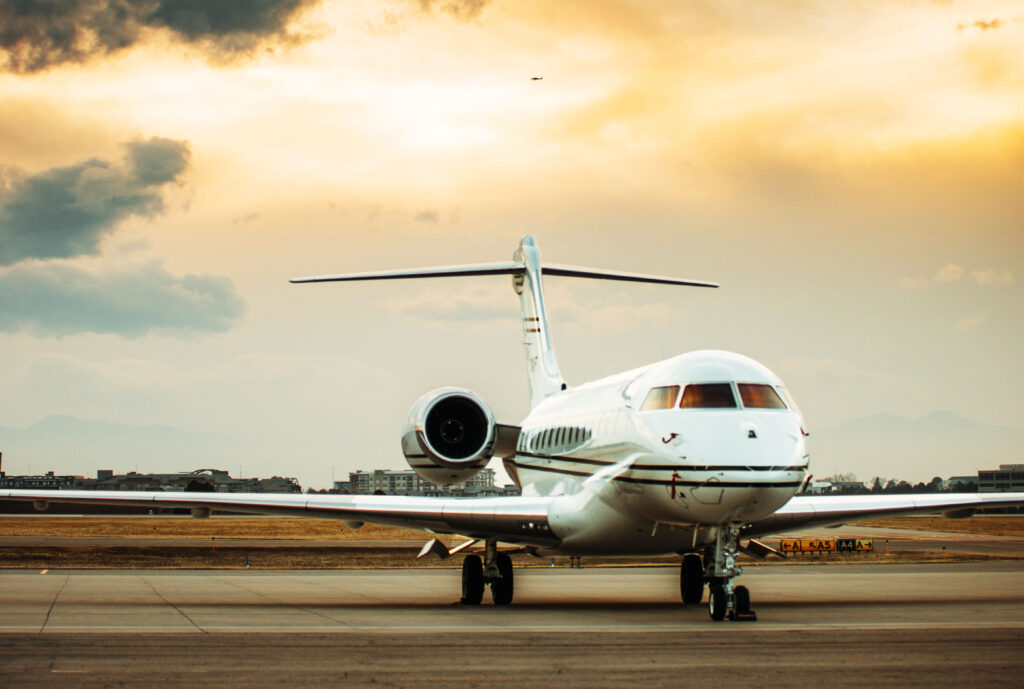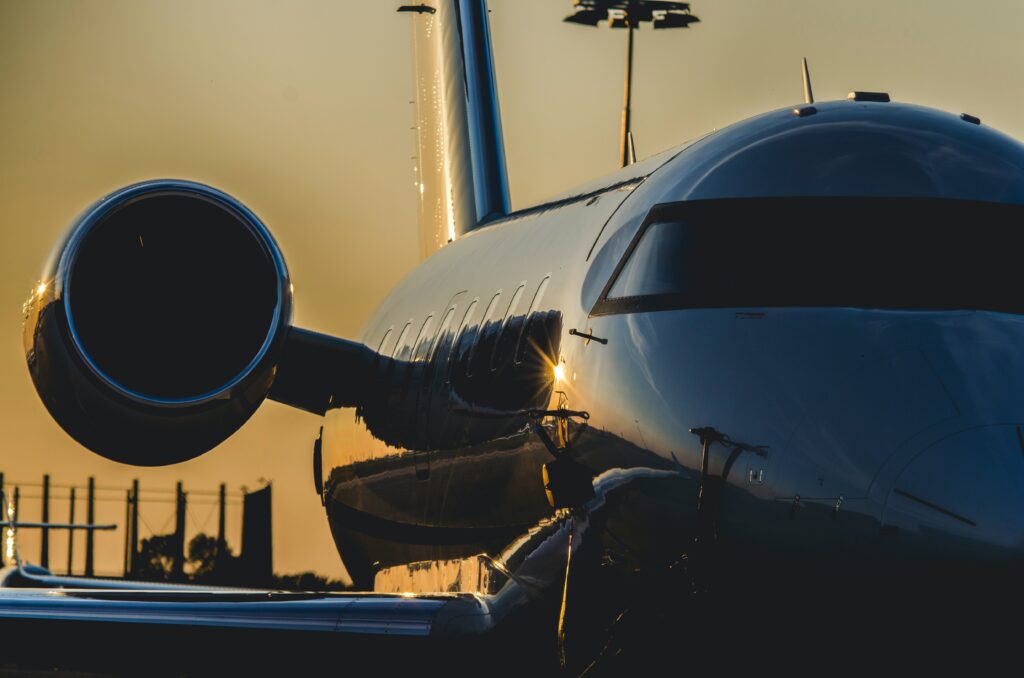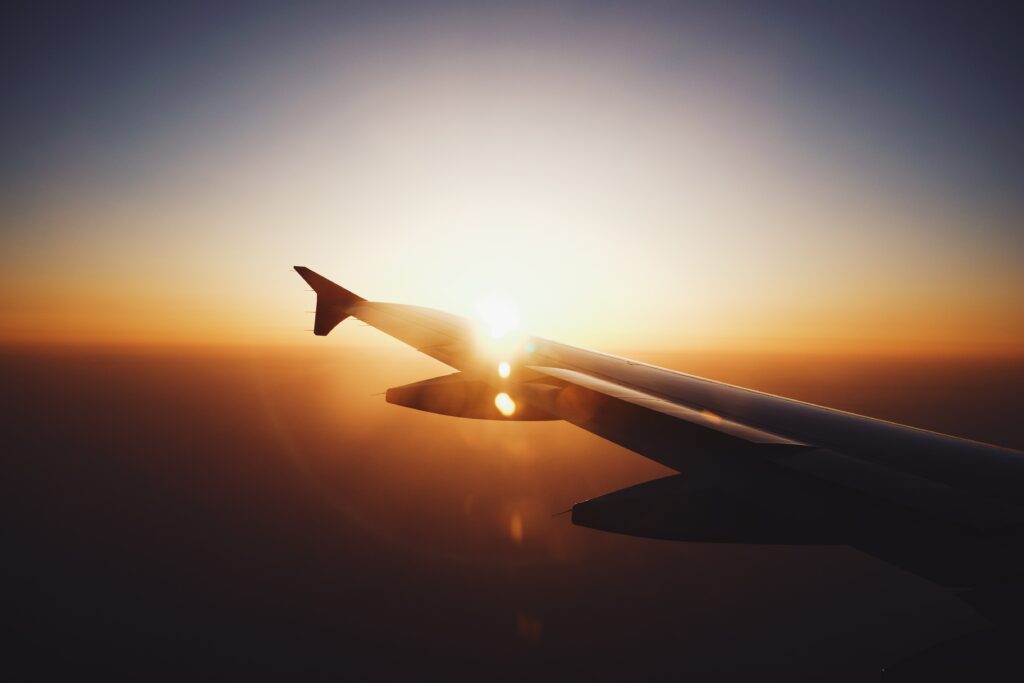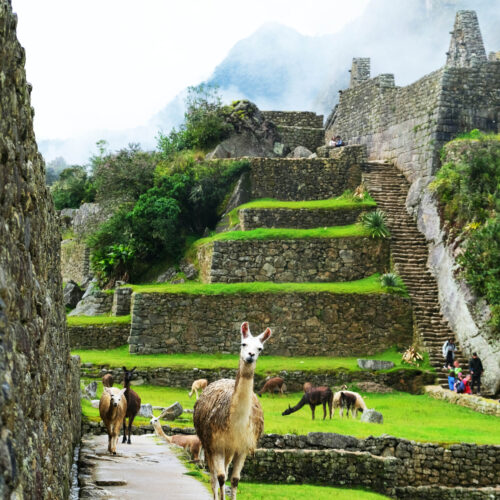
by Stefanie Michaels
Private Plane-pooling is a thing…
As Americans continue to practice social distancing, we are more apt to celebrate New Year’s Eve quietly this year. I, for one, plan to curl up with my husband, Phil, and my pack of rescues to watch a few movie classics with a glass of bubbly in hand, of course. Topping my favorites are Casablanca and Pretty Woman. While Phil may not fly me in a private jet for an Italian night at the opera, I can guarantee you that we’re dreaming of flying somewhere grand for our next epic adventure. And, by JetPooling, I’m channeling my best Rick Blaine with, “I think this could be the beginning of a beautiful friendship.”
Think of JetPooling as the Uber of the skies. Companies like the former BlackBird, who had acquired by SurfAir, match private pilots with travelers wishing to avoid crowded commercial flights at an affordable rate via their downloadable app. Your choices of hyper-local Californian airports was to get you closer to your destination, and would allow you to fill the small plane with friends and family. Sadly, the company didn’t last, however SurfAir has remained air-born for the most cost-conscious traveler.

But, private access to international airways can prove a bit more tricky.
JetClass recently extended their business class experience for jet-poolers interested in flying to countries who’ve opened their borders to Americans. As of this fall, private international flights as low as $1700 from Los Angeles were being offered.
Four Seasons continues setting a high bar for luxury travel since their 2015 addition of private jet services, the first of its kind in the industry. In 2021, the pioneering fleet welcomes its newest reconfigured jet for journeys around the world, including an October trek of multiple day trips to Jordanian wonders. As every private jet needs a private landing strip, many of its properties also welcome guests to access their private air strips like the ones in the Maldives and Serengeti Four Seasons.
Still, luxury and nature are the best of bed fellows at Cuixmala in Jalisco, Mexico. Featuring three private wild beaches, 30,000 acres of nature reserve, and a 5,000-acre biodynamic farm, the retreat’s grass runway invites single and twin-engine charters from several regional airports during daylight hours.

With this growing trend, many American properties also offer charter services as a special amenity in all-inclusive experiences. For instance, Caldera House, an 8-suite hotel and alpine club in Jackson Hole, Wyoming packages round-trip, chartered private flights to their boutique accommodations in Teton Village with a 4-night, socially-distanced remote venture.
Filling my glass, I’ll bid 2021 a final adieu and think of you. May you realize the sky’s the limit. And, when it comes to travel in the face of a global pandemic, resolutions just got far less daunting with these ideas to get you started.
Did you know?
Flying personal aircraft means flying higher than commercial airliners, allowing them to pass over bad weather and turbulence, often resulting in a smoother and more comfortable ride for the passengers.
Additionally, they can often access smaller airports that commercial airlines cannot, saving time and making travel more convenient for passengers. However, a private aircraft can also be expensive and requires significant time and resources to obtain the necessary licenses and training to fly a private plane.

A little history:
During the 1920s and 1930s, personal aircraft became more popular as a means of transportation for the wealthy and businesses. Companies began to use them to transport executives and goods, and wealthy individuals began to purchase larger and more luxurious planes for personal use.
In the 1950s and 1960s, this means of transportation became more affordable and accessible to many– the first single-engine aircraft, such as the Cessna 172 and Piper Cherokee, made exclusive aircraft ownership more affordable and popular.


